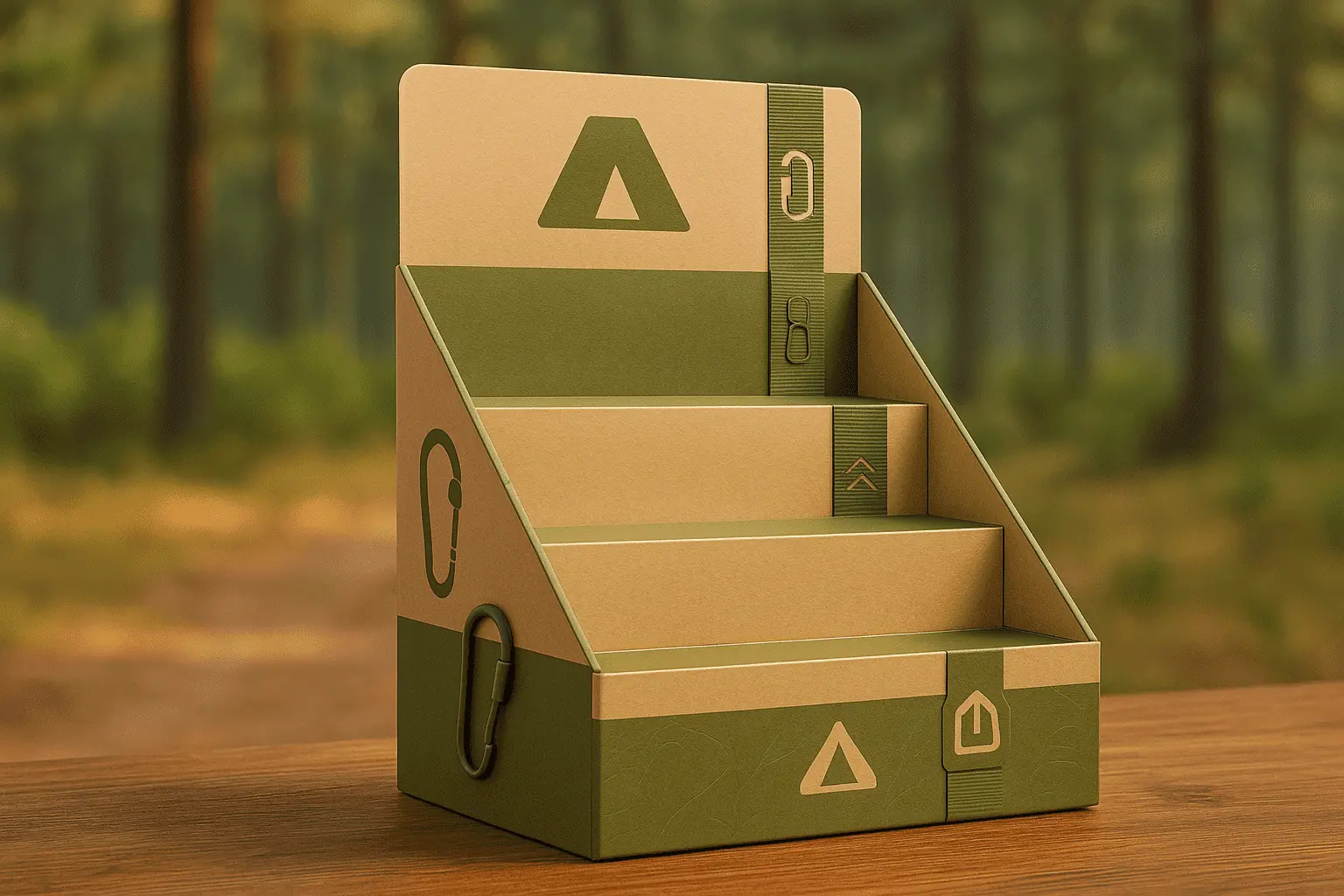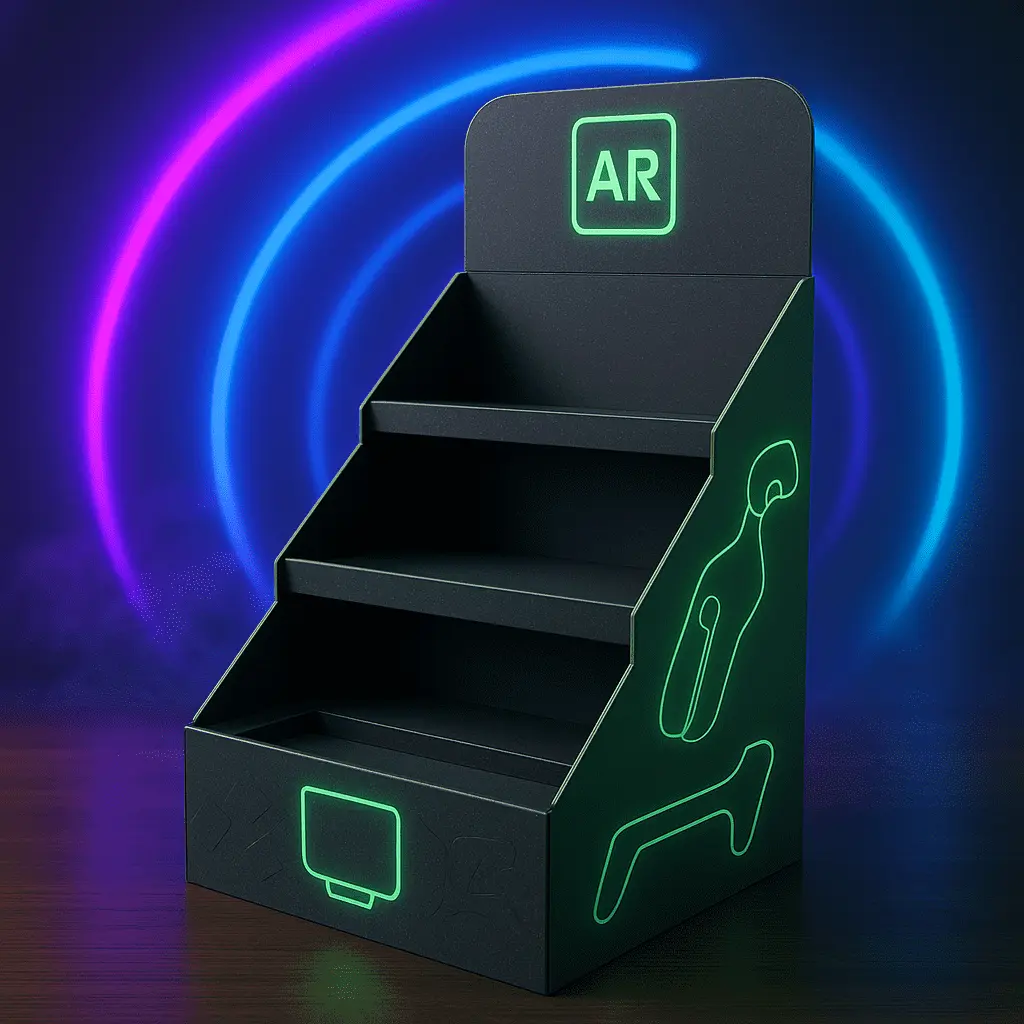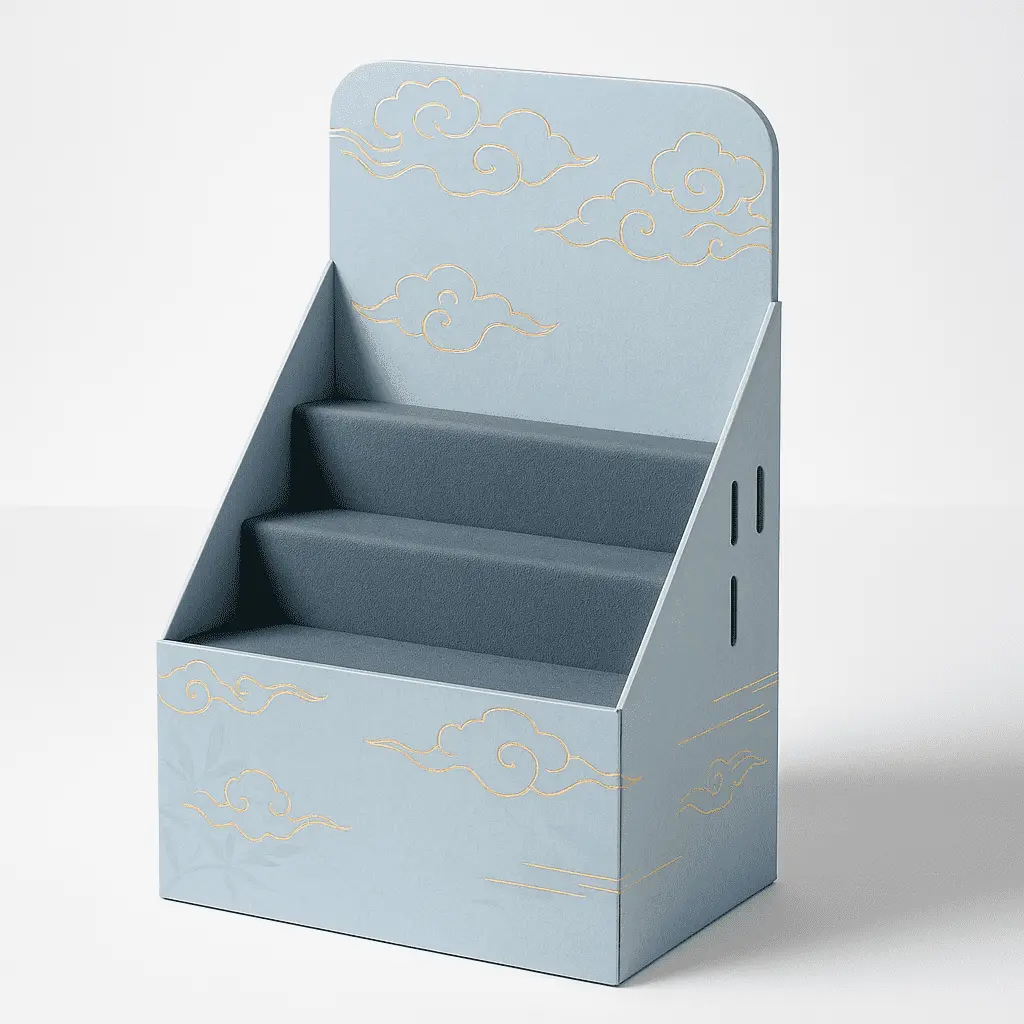PDQ Display Weight Limits for Heavy Products Decoded
When it comes to showcasing heavy products in retail environments, understanding PDQ display weight limits is crucial. Point-of-Purchase (POP) Displays that Quickly Disassemble, or PDQ displays, are designed to enhance product visibility and boost sales. However, their effectiveness hinges on proper weight distribution and structural integrity. For heavy items, it's essential to decode these weight limits to ensure safety, durability, and optimal product presentation. By carefully considering materials, design, and load-bearing capacity, retailers and manufacturers can create PDQ displays that not only catch the eye but also withstand the demands of weighty merchandise, ultimately driving sales and enhancing the shopping experience.

Understanding PDQ Display Fundamentals
The Anatomy of a PDQ Display
PDQ displays are meticulously engineered structures designed to showcase products effectively at the point of sale. These displays typically consist of several key components, including a base, shelves or compartments, and often a header for branding. The materials used can vary, ranging from corrugated cardboard to more robust options like plastic or metal, depending on the intended weight capacity and durability requirements.
Weight Distribution Principles
Proper weight distribution is paramount when dealing with heavy products in PDQ displays. The load must be evenly spread across the structure to prevent buckling or collapse. This involves strategic placement of heavier items near the base and lighter products towards the top. Additionally, the use of reinforced corners and supportive braces can significantly enhance the display's ability to bear weight without compromising its structural integrity.
Material Selection for Durability
The choice of materials plays a pivotal role in determining a PDQ display's weight-bearing capacity. While lightweight cardboard may suffice for smaller items, heavier products necessitate more robust materials. High-density fiberboard (HDF), plywood, or even metal components can be incorporated to increase strength. Some displays utilize a combination of materials, leveraging the benefits of each to create a display that's both sturdy and visually appealing.
Decoding Weight Limits for Different PDQ Display Types
Counter-Top PDQ Displays
Counter-top PDQ displays are designed for smaller spaces and typically have lower weight capacities. These compact units are ideal for showcasing items weighing up to 10-15 pounds in total. When dealing with heavier products, it's crucial to opt for reinforced bases and consider using materials like acrylic or metal for added strength. The key is to balance the display's portability with its ability to securely hold the merchandise without risk of tipping or structural failure.
Floor-Standing PDQ Displays
Floor-standing PDQ displays offer greater versatility in terms of weight capacity. These larger units can typically accommodate total weights ranging from 50 to 200 pounds, depending on their construction. For displays intended to hold particularly heavy items, look for features such as adjustable shelving, reinforced corners, and a wider base for improved stability. Some high-capacity floor displays incorporate metal frames or wooden structures to support substantial loads while maintaining an attractive appearance.
Multi-Tiered and Modular PDQ Solutions
Multi-tiered and modular PDQ displays provide flexibility and can be adapted to various weight requirements. These displays often allow for customization, with the ability to add or remove shelves as needed. Weight limits for these displays can vary widely, typically ranging from 100 to 500 pounds or more, depending on the configuration and materials used. When dealing with heavy products, it's advisable to utilize modular systems that distribute weight across multiple points, reducing stress on any single component.
Optimizing PDQ Displays for Heavy Product Safety and Effectiveness
Incorporating Structural Reinforcements
To enhance the weight-bearing capacity of PDQ displays, structural reinforcements are essential. This can involve the addition of support beams, cross-braces, or gussets at key stress points. For displays holding particularly heavy items, consider implementing a honeycomb structure within cardboard components or using metal inserts at critical junctures. These reinforcements not only increase the overall strength of the display but also help distribute weight more evenly, reducing the risk of failure under load.
Ergonomic Considerations for Customer Interaction
When designing PDQ displays for heavy products, it's crucial to consider the ergonomics of customer interaction. Placement of heavier items should be at a height that allows for easy access without requiring excessive lifting or bending. Incorporating handles or grip points can facilitate safer handling of weighty products. Additionally, clear labeling of weight information and any necessary handling instructions can help prevent accidents and ensure a positive customer experience.
Implementing Regular Maintenance and Inspections
To ensure the longevity and safety of PDQ displays holding heavy products, regular maintenance and inspections are imperative. Establish a routine check for signs of wear, such as sagging shelves, loose joints, or compromised structural elements. Implement a system for promptly addressing any issues discovered during these inspections. By proactively maintaining the displays, retailers can prevent potential safety hazards and extend the lifespan of their PDQ units, maximizing their return on investment.
Conclusion
Decoding PDQ display weight limits for heavy products is a critical aspect of effective retail merchandising. By understanding the fundamentals of display construction, carefully selecting materials, and implementing strategic reinforcements, retailers can create robust PDQ displays that safely showcase even the heaviest items. Regular maintenance and a focus on ergonomics ensure these displays remain effective and safe throughout their lifecycle. As the retail landscape evolves, innovative approaches to PDQ design will continue to push the boundaries of what's possible, allowing for even more creative and impactful product presentations.
Contact Us
Ready to elevate your product display strategy with custom PDQ solutions tailored to your heavy products? Contact us at support@fetchingprinting.com to explore how we can help you create eye-catching, durable displays that drive sales and enhance customer experience.
References
1. Johnson, A. (2022). "The Science of Retail Displays: Weight Distribution and Structural Integrity." Journal of Retail Engineering, 15(3), 45-62.
2. Smith, B. & Taylor, C. (2021). "Materials Innovation in Point-of-Purchase Displays." Packaging Technology and Science, 34(2), 178-195.
3. Rodriguez, M. (2023). "Ergonomic Design Principles for Heavy Product Merchandising." International Journal of Retail & Distribution Management, 51(4), 412-428.
4. Chen, L. et al. (2022). "Structural Analysis of Multi-Tiered Display Systems Under Variable Load Conditions." Journal of Structural Engineering, 148(5), 04022031.
5. Williams, D. (2021). "The Impact of Display Design on Consumer Behavior: A Study of Heavy Product Presentation." Journal of Consumer Research, 48(2), 301-318.
6. Brown, K. & Green, T. (2023). "Sustainability in Retail Displays: Balancing Durability and Environmental Impact." Sustainable Retail Design, 9(1), 72-89.




